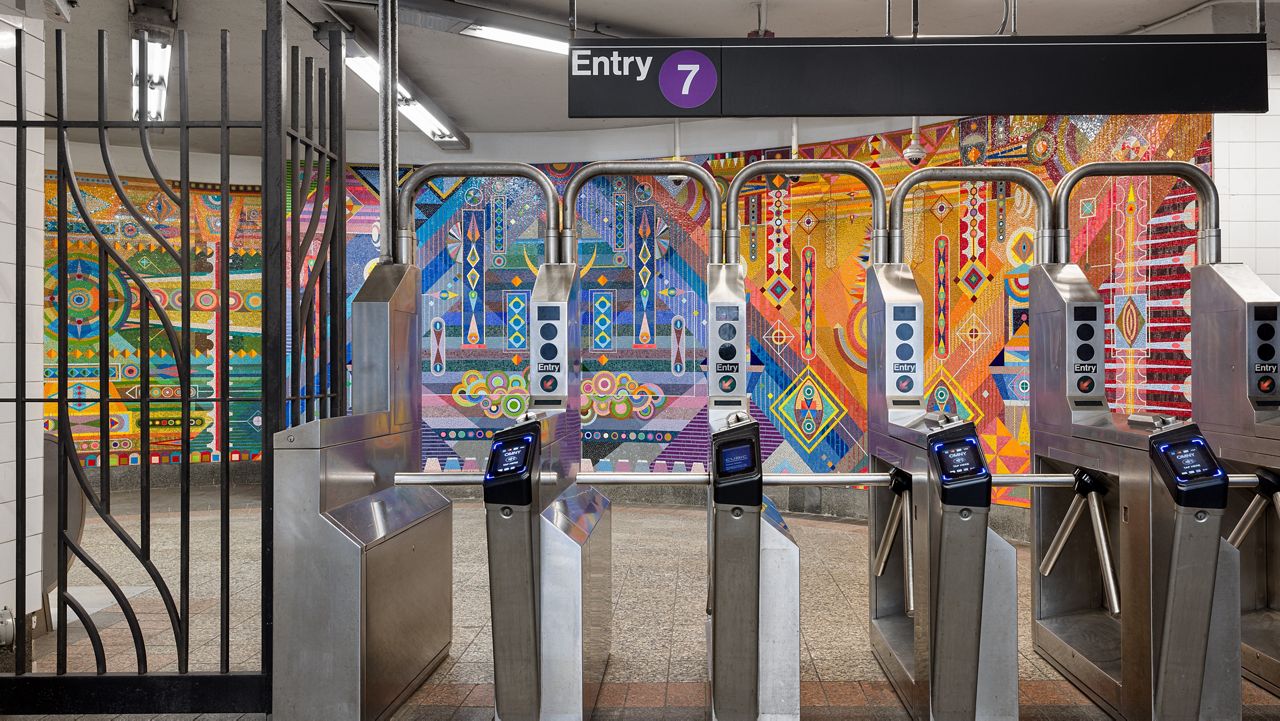NEW YORK - To fight fare beating, the Metropolitan Transportation Authority is going back to the drawing board - altering emergency gates installed in 19 stations over the last three years.
The problem: a design flaw.
The gates are shorter than the ones they replaced, part of an overhaul program designed to make the stations look more open and inviting.
- NYPD Seeks Man Accused of Punching MTA Worker in Subway
- NYPD to Stop Issuing Summonses to Homeless on Subways
But the new gates simply invited people to reach over and pop the gates open to avoid paying the fare.
"I think they have to go back and fix it. I hate to have to pay my own fare and somebody else doesn't of course, but I know that's life," said one subway rider.
The plan to make the gates tall again is part of a new strategy to attack fare beating announced Monday by Governor Andrew Cuomo, the MTA Chairman and Manhattan District Attorney Cy Vance to help stanch losses now estimated at nearly a quarter billion dollars a year.
The physical changes will be financed by $40 million the DA's office has seized from banks it's prosecuted.
The money also will be used to repair hinges and magnets on gates in other stations so they close faster and to install additional cameras and video screens in front of turnstiles in more stations.
The gates are rarely used in emergency situations, despite their name.
"They're utterly essential for thousands, probably hundreds of thousands of New Yorkers every day. If you have a stroller, like me with my 18 month old, if you have luggage, if you have a bike, if you are in a wheelchair, you need to go through those gates," said Riders Alliance Policy and Communications Director Danny Pearlstein.
Because the gates are needed for passengers in wheelchairs or with strollers, and for emergency evacuations, they cannot be eliminated.
It's one reason why the MTA also will be re-deploying 200 NYPD officers and 300 MTA officers to 50 stations as well as 50 bus routes with high levels of fare beating.









